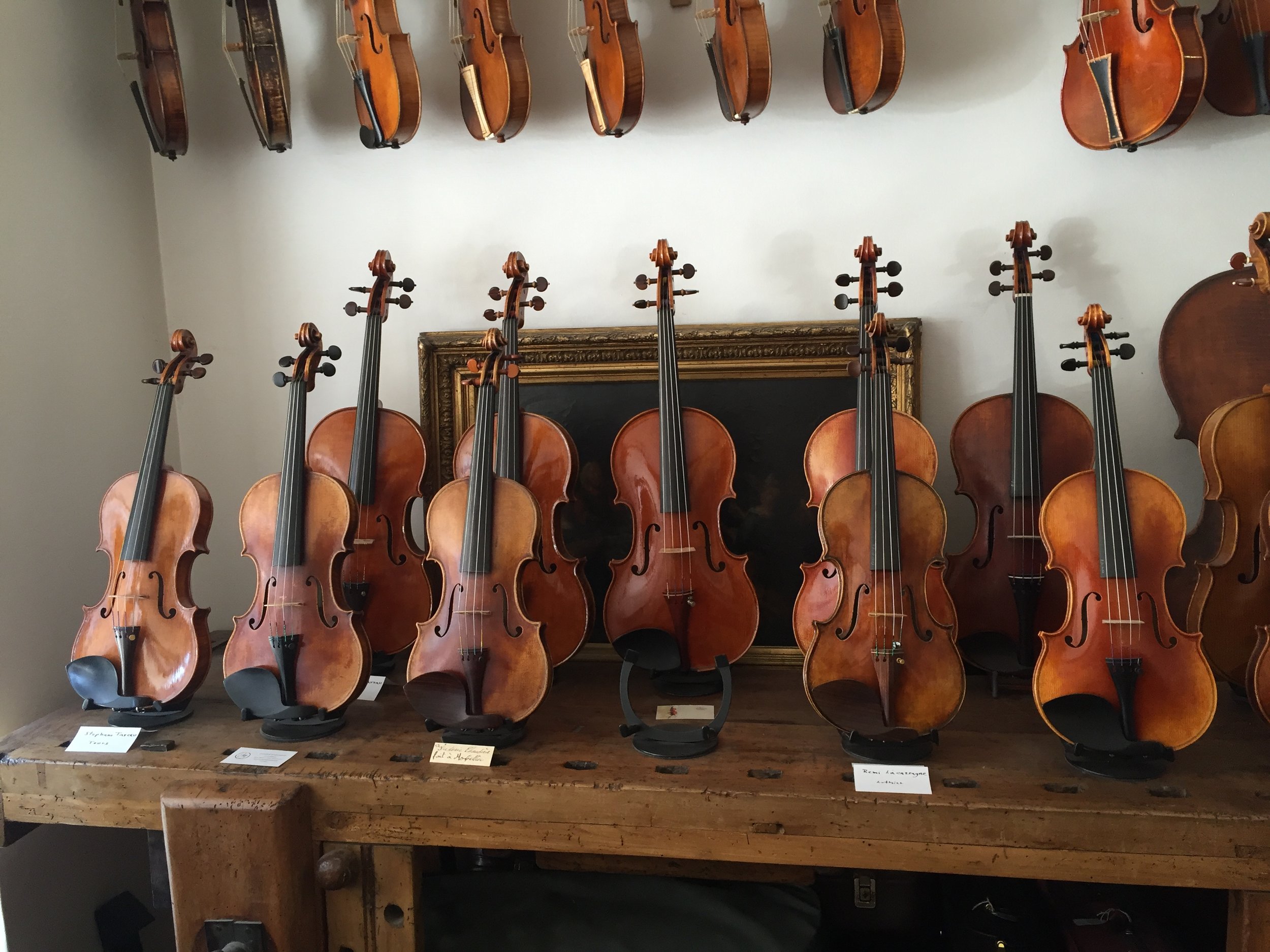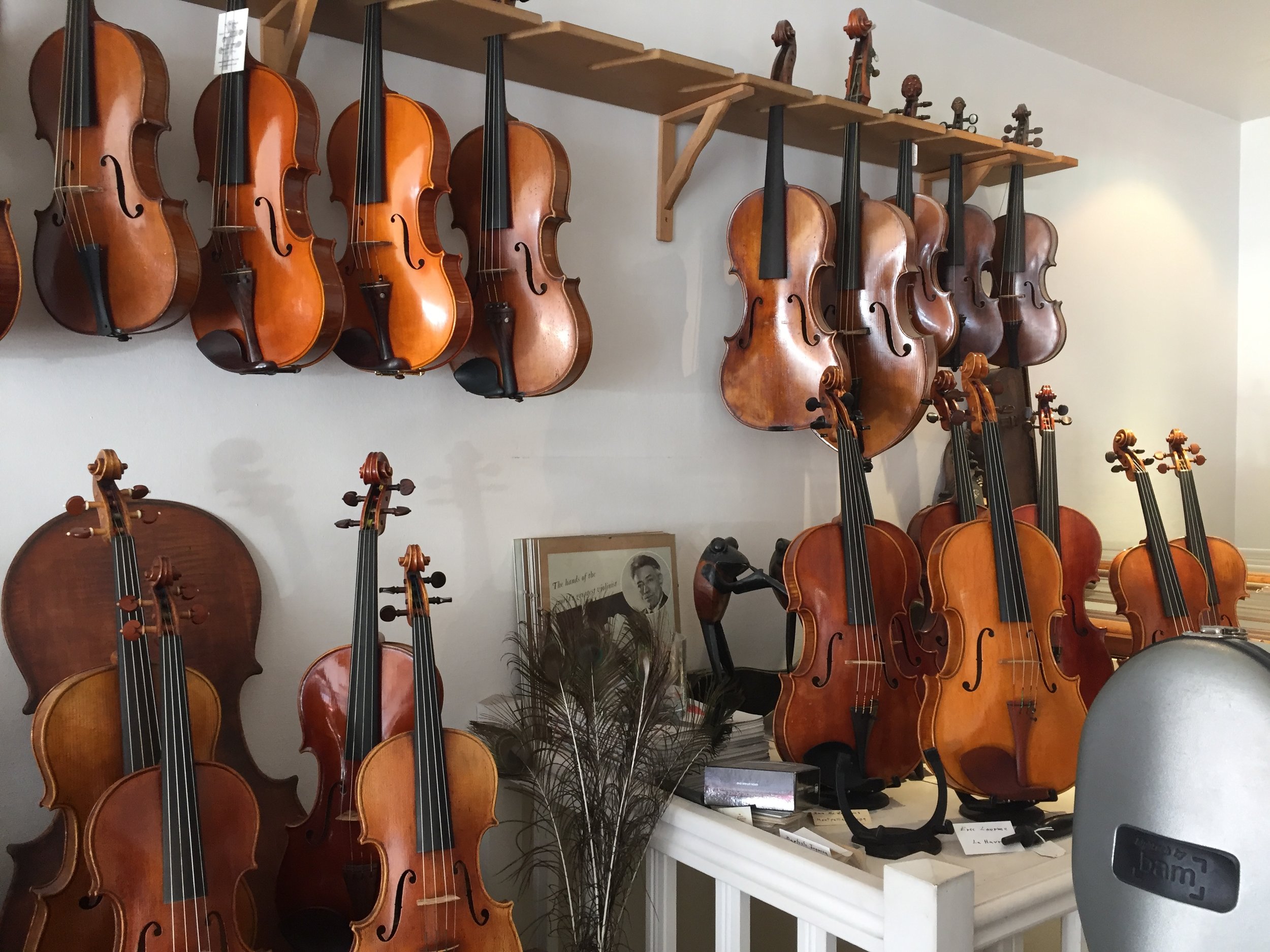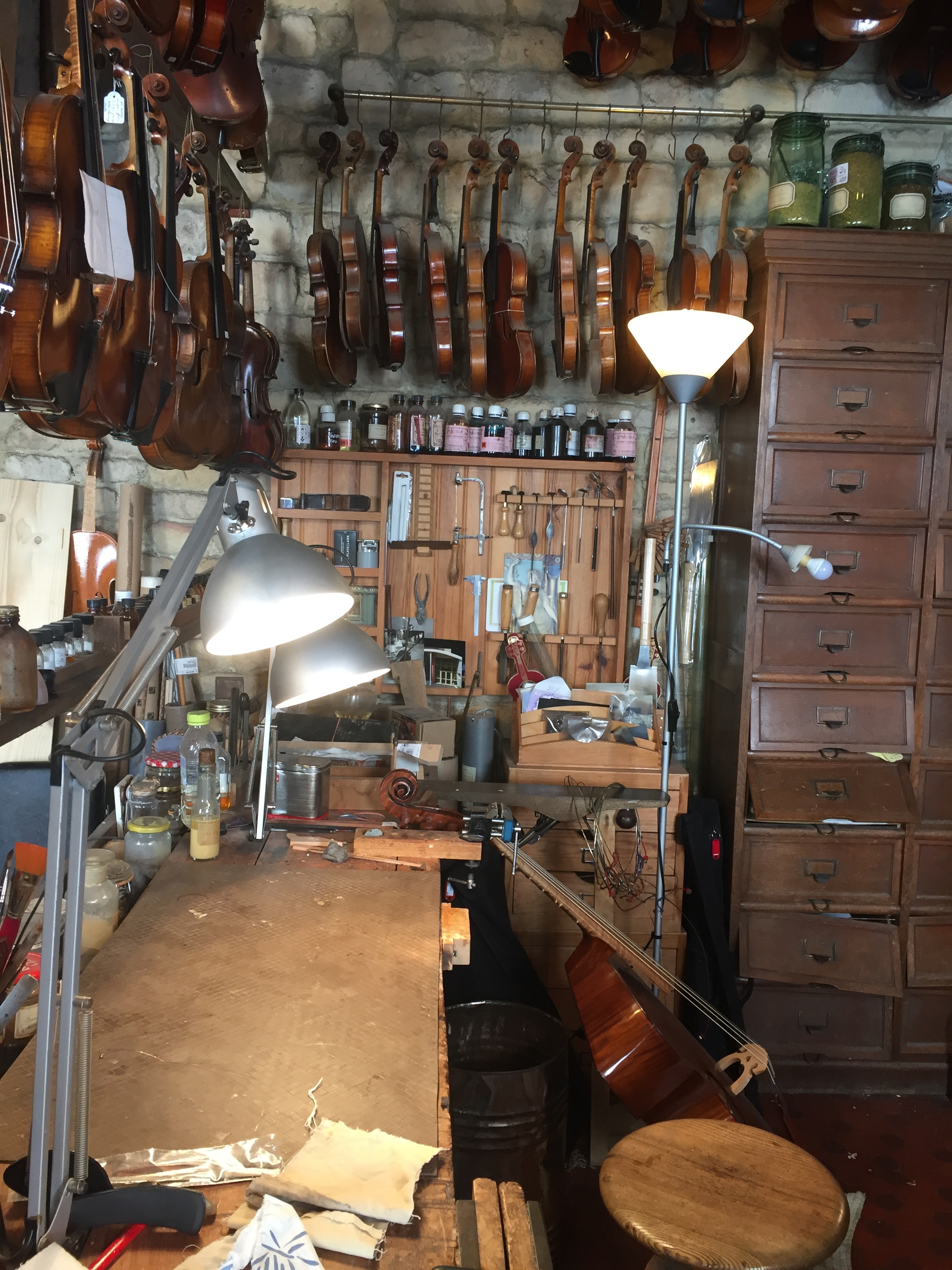Socialists, Surrealists and Stairs
It was late when we finally made our way across Paris in search of a genuine absinthe bar. Our day had been a full one, but every step of the day seemed to lead toward a late night of cocktails in a dimly lit cafe...
That Day
If I were to put Aleks and I into a "class" of traveller, I'd say that we're more "pantsers" (as in: we like to travel at least a little by the seat of our pants) than planners. We'll often book places to stay or make lists of things we'd like to do, but when it comes to timing and schedules and filling our days, we often just let it happen. We prefer not to overbook ourselves and sometimes this has led us to miss out on things that we'd hoped to do. More often, though, we've had amazing experiences by doing things that we didn't know we wanted to do.
It leaves us the flexibility to wander down a side street to find a cocktail bar hidden behind the freezer of a pizza-by-the-slice shop or spend the entire night in a little restaurant well off the beaten track, packed far beyond fire code capacity (France does not seem to have a fire code) with a crowd of people eager to practice their English on us and tell us all the gossip of the village as we watch a local burlesque duo.
One of the great things about travelling with extended family is that the list of things we'd like to do grows beyond what we might normally come up with on our own. One of the difficult things about travelling with extended family is that the list of things we'd like to do grows beyond what we might normally come up with on our own. In order to make sure everyone was able to fit something in, we were really on the go.
That morning, my parents had decided to head off to a castle on the outskirts of Paris. Aleks and I had chosen instead to cross off another bucket list item and stroll down Rue de Rome to view the incredible assortment of violin luthiers, music stores and antique book shops that line the road.
Travel tip: If you do ever decide to travel with family, be sure to plan some time apart for the sake of everyone's mental health. And always, always, always book separate rental cars. The phrase "it's worth it" doesn't begin to describe just how worth it it is.




The smell of old leather bound books written by authors who, at one time or other, called Paris home and the artistry of the hand-crafted instruments set the mood for the whole day. Any time you enter a luthier's shop in any part of the world you are instantly transported back to an earlier time of animal glues, delicately spiralled wood shavings shaped by a steady hand and sharp knife, and varnish concoctions that border on alchemy. With the music of the romantic era from one shop and Stephane Grappelli from another stuck in our heads, we were fully immersed in an earlier age.
We'd agreed to meet my parents near Montmartre to explore the Basilique du Sacré-Coeur. The gleaming white basilica presides over Paris atop the highest ridge in the region. The hill requires either many calories or a gondola ride to climb. There are 270 steps from the base of the hill to the summit and an additional 300 stairs to the top of the dome. The view is worth the damage done to the knees.
Completed in 1914, the basilica is a relatively modern building without quite the same feeling of ancientness that permeates Notre-Dame or Sainte Chapelle. The interior is largely decorated with mosaics and coloured, glittering tiles. While the basilica itself is stunning and impressive, it is the surrounding area that interests me more.
The neighbourhood of Montmartre, once a commune for radical socialists, bohemians and rebels, (with whom I feel a certain sense of imitation camaraderie in that I could never be one now but sort of like the romanticized idea of what might have been in a past life, if I believed in that sort of thing) was also home to the studios of Picasso, Dali, Monet and van Gogh, among others. The community is like a little village surrounded by Paris yet somehow separate from it.
Classic cars line the streets. The square is packed with cafes and filled with artists sketching, painting and clamouring to sell their work. While it has become something of a tourist trap, it can be an enjoyable tourist trap nonetheless. As soon as we wandered away from the square next to Sacré-Coeur, the streets were quieter and feel somehow older than the rest of Paris, which is entirely possible since much of the city was rebuilt in the 1850s and 60s by Baron von Haussmann at the command of Napoleon III.
We decided to visit the gallery dedicated to my mom's favourite artist, Salvador Dali (incidentally, another proponent of absinthe). His surreal works seem to swim in the stuff and offer evidence enough to support the rumours of its hallucinogenic effects. What surprised me most, though, was not the collection of his well-known surrealist paintings, but his less surreal works. Everyone has seen Dali's melting clocks and elephants on stilts, but his simpler sketches are what really caught my eye.
We made our way back down the hill to Paris's old red light district, wandering past sex shops, cabarets and, of course, the Moulin Rouge. The Moulin Rouge is another bucket list item for Aleks and I, but sadly we didn't have the time or the money to visit this time around.
Under the bright light of a hot summer day, some of the gratifying seediness of the street is lost and it just sort of looks like a rather shoddy area that hasn't been kept up instead of a legendarily shoddy area that is celebrated for its shoddiness.
One day I will have to visit the street at night which is clearly when it is meant to be seen. Still, visiting the haunts of poor artists and Paris's less reputable denizens continued to highlight the developing theme of the day.
We settled in at a cafe across from the famous red windmill for some lunch, cold beer and a much needed rest for our sore feet after hours of stair-climbing in the hot sun. Our server was exactly the sort of old man who should be working at a cafe across from the Moulin Rouge: scowling, greasy and abrupt, with an obvious disdain for the tourists who keep the bread and beer on his table.
I liked him immediately. I like to think that in spite of his mutterings of "merde" and "tres stupide" and "putain d'américain" he liked me too.
Rested, watered and fed, we made our way back out into the streets in search of more "belle époque" and "roaring 20's" experiences.





































